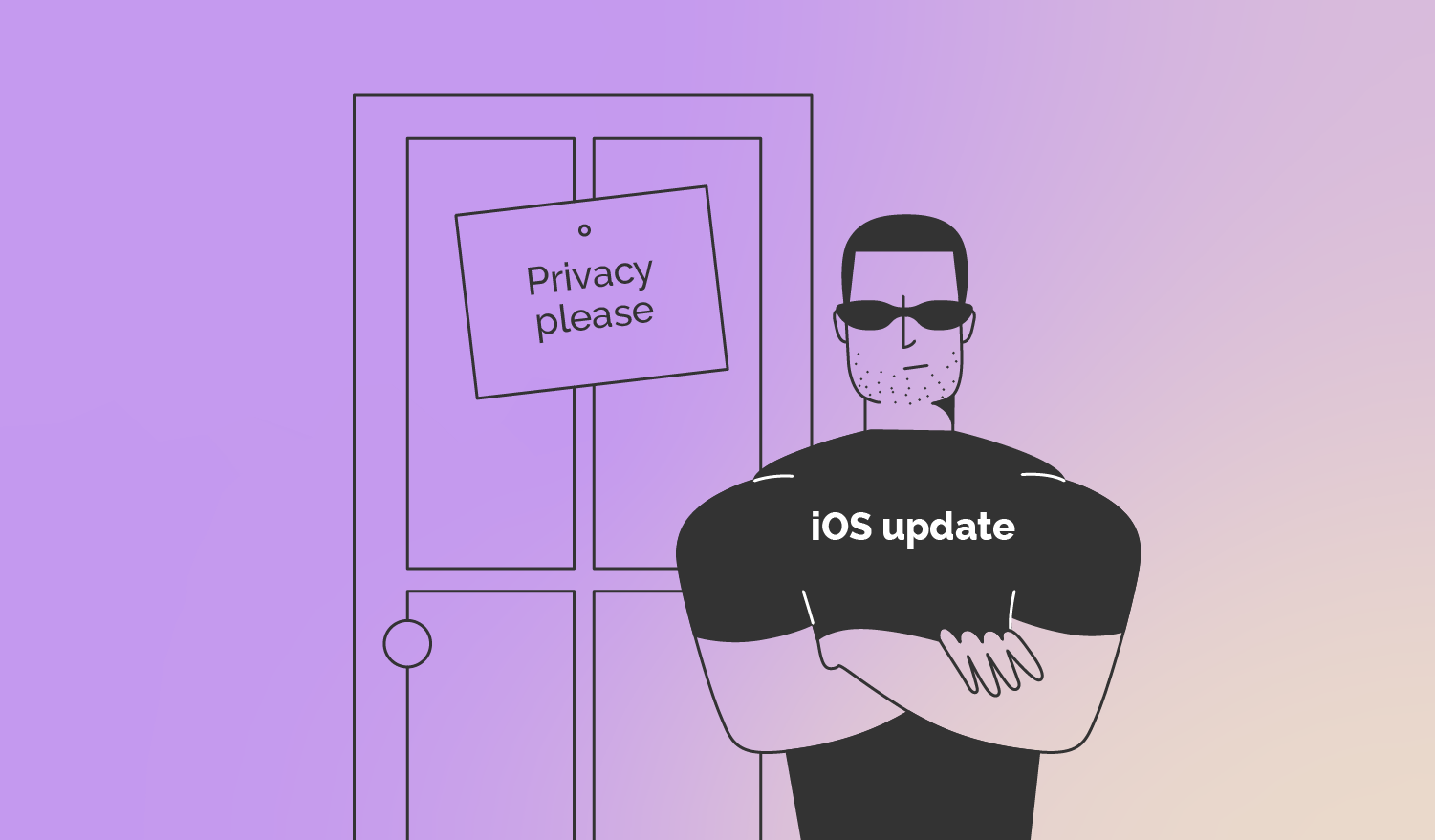As part of Apple’s iOS 14 update, a new privacy feature called the App Tracking Transparency (ATT) framework was introduced. Apple’s recent move is part of a bigger marketing position on user privacy.
Before the update, to turn off data sharing on an iPhone, users would have to adjust this from their privacy settings. With the iOS 14 update, users are asked whether they want to “opt-in” to share their data via a pop-up every time they download an app. The ATT framework asks for users’ permission first before any user data is given away. Users are more in control of what data is tracked and shared.
What does the Apple iOS 14 update mean for Facebook ads?
The update will affect all Facebook-owned apps including Instagram, Messenger and Whatsapp as well as apps using Facebook’s Audience Network. The more informed you are as Facebook advertisers of the privacy changes, the better equipped you can be to adjust your approach!
The digital ad ecosystem is typically fueled by collecting data from campaigns, websites, and apps via the Facebook pixel. Advertisers then use this data to deliver customized ads to their audience.
If there is no collection of third party data from iOS devices, advertisers and small businesses fear this lack of personalised data will make it harder to run super-targeted ads to users.
This privacy-first web is means the digital marketing industry has to consider how they can continue to deliver and effectively track campaigns.
Let’s walk you through some ways Facebook advertisers and marketers can approach these changes.
How can advertisers prepare for the update?
There are a number of ways in which advertisers can successfully navigate the update:
Verify your domain
Facebook recommend verifying your domain to ensure data is accurately sent to Facebook. You can adjust this from your Facebook Business Manager account.
Update Facebook SDK to 8.1 or Higher
Update to version 8.1 or higher to keep serving personalized ads to app users on iOS.
Start seed campaigns on Android
One short-term solution is to direct ad spend toward desktop and Android users to test CPA and track your campaign. If you see traction on Android, you can then adopt the campaign onto iOs even if the reporting won’t be as thorough.
Build up your first-party data
Although ads within apps in the Facebook Audience Network will be affected, you can still utilise first-party data. Targeting users within the Facebook ecosystem (Facebook, Instagram, Messenger), when using first-party data identifiers such as first-party cookies, hashed email addresses and mobile numbers shouldn’t be an issue.
Once a customer has given consent, these identifiers can be used within the platforms for targeting and tracking KPIs to send back for reporting and optimisation.
These ads within Facebook will reach users wherever they’re on the Facebook platform (in-app, mobile or desktop) just as before.

Diversify your approach
Make use of tracking outside of Facebook
You can prepare by exploring other strategies to test against the new performance levels of your ads. Prepare by experimenting with bid types and events.
You can also use other tracking systems like Google Analytics to assess where your website traffic comes from and users’ site behaviour. Although quite a manual process, on your landing pages, you can collect names and email addresses and then upload that to Facebook to create a custom audience.
Modelled reporting
One good example of ads still working without cookies is Facebook and Google’s modelled reporting. They developed modelling solutions to account for conversions that can’t directly be recorded due to data privacy limitations. The benefit of these modelled conversions is that they depict an accurate representation of the status quo.
“Measurement and reporting: Our measurement and reporting tools empower businesses to assess the value of their marketing investments on Facebook platforms. We incorporate modeling so that we can better account for the total number of conversions that took place , including estimates for conversions we are not able to observe directly as a result of data limitations.
Optimization and performance: We remain committed to helping advertisers drive outcomes that matter to them. Without modeling, our optimization methods would operate on partial data, potentially resulting in less efficient performance. With modeled conversions, our delivery systems can learn from more representative data, leading to better estimations and outcomes.” –Article about Facebook’s modeled conversions
Use contextual & content targeting
Contextual targeting is a great way to place your ads. Also, media planning tools will help you find the right keywords and publishers that show a high affinity with your target audiences, without having to pay a 3rd party data fee either.
Use other forms of programmatic advertising
If you’ve always relied heavily on Facebook, now’s an ideal time to diversify your use of programmatic advertising channels such as audio and video ads. This will allow you to use data from a range of sources and use a multi-channel advertising approach to reach your audience. This is something we can help with at Grapeseed.
Bring in an agency like Grapeseed onboard to help guide your strategy during these changes
To help guide your advertising strategy across the Facebook ecosystem during this iOS 14 rollout and future platform changes, partnering with an agency like Grapeseed can help you get the process right. We have experience in helping companies and agencies navigate through the digital ad space. From helping you prepare and optimize your Facebook ads despite the changes, to guiding you in diversifying your programmatic ad strategy across mediums.
Wrapping up
Even though the Apple iOS 14 update will change the Facebook advertising landscape, there are steps you can take to prepare and adapt your advertising approach. Get in touch to find out more about how Grapeseed can help you navigate this change so you can continue to deliver optimised ad campaigns, no matter what platform changes come your way.

